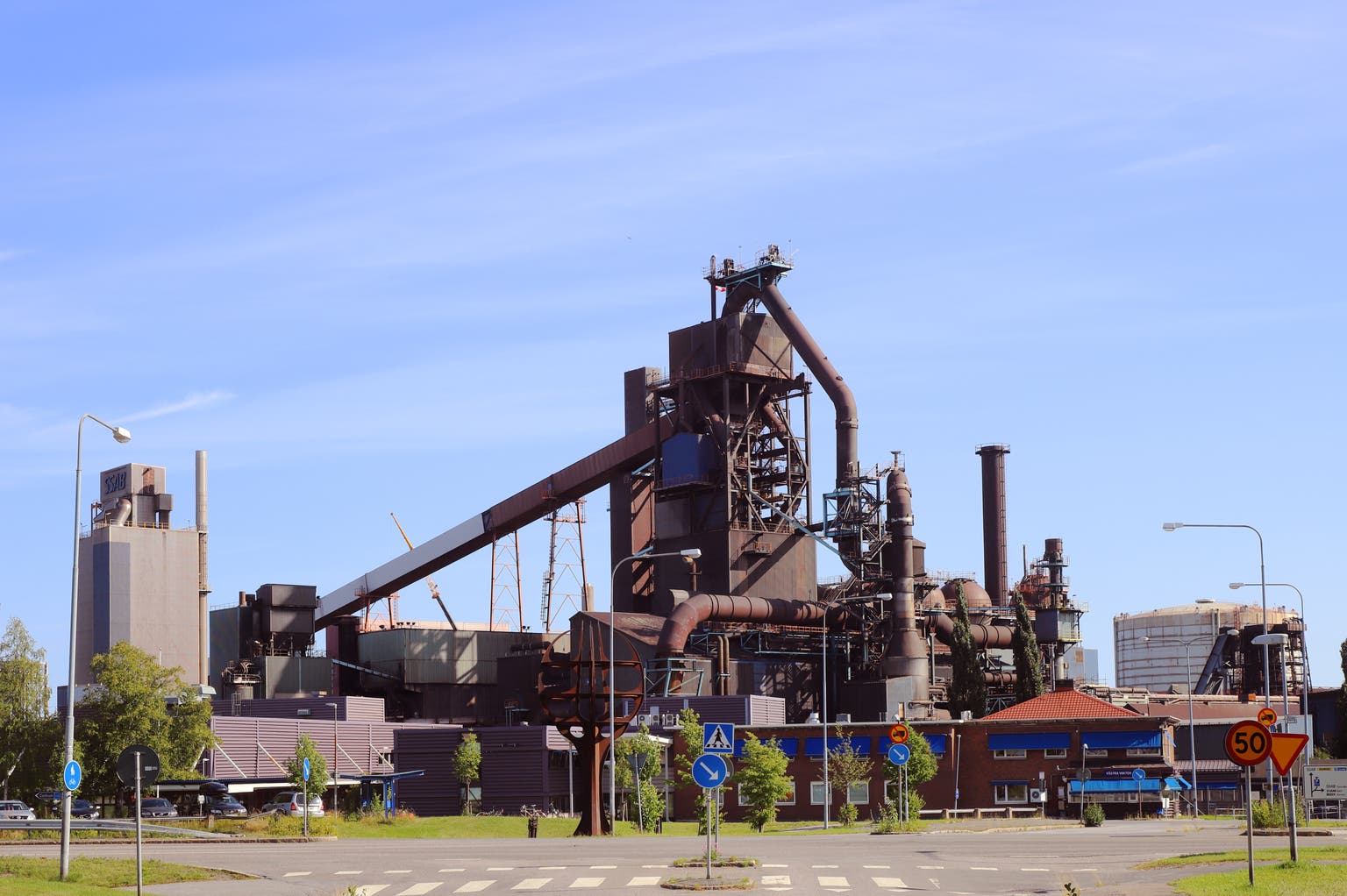[ad_1]
Don Mason | Tetra Images | Getty Images
The U.S. economy has shifted from a “rolling recession” to a “rolling recovery,” according to market veteran Ed Yardeni.
Since March of last year, the Federal Reserve has raised the federal funds rate by five percentage points and is likely to increase it by another 50 basis points by the end of this year.
Despite this monetary tightening, the U.S. economy has not fallen into a recession. Instead, it has experienced what the head of Yardeni Research calls a “rolling recession” — various industries being hit at different times since early last year.
This was already noticeable in housing as it “is always the sector to be hit hardest by rising interest rates,” Yardeni said. Goods and manufacturing are other sectors already feeling the pain, he added.
“Consumers bought a tremendous amount of goods following the pandemic lockdowns in 2020 and 2021. As retailers and wholesalers scrambled to order more … consumers had already decided to pivot away from buying goods to buying services,” the former Deutsche Bank chief investment strategist told CNBC’s “Squawk Box Asia” Tuesday.
However, Yardeni suggested that these hard-hit sectors were now seeing the first signs of recovery.
For example, large parts of the residential real-estate sector had been in a recession for the past eight quarters. But according to Yardeni, a sharp rise in new home sales and single-family housing starts by 12% and 19%, respectively, in May marked the start of the recovery.
“There’s lots of pent-up demand for housing and a significant shortage of inventory. That may be enough to end the housing recession even if mortgage interest rates remain elevated,” said Yardeni in a note to clients on July 3.
Unique factor influencing the U.S. economy
The bullish investor also dismissed concerns about a recession caused by a downturn in commercial real estate.
The sector is undergoing a painful adjustment to higher borrowing costs and lower occupancy rates due to the shift to remote working. That’s meant rising loan defaults as $1 trillion worth of debt gets refinanced this year as valuations fall.
“Clearly, there’s gonna be a recession in commercial real estate over the next year or two. But I don’t think that sector is big enough to take the economy down,” he said.
In addition, one unique factor influencing the U.S. economy is the large-scale fiscal stimulus, like the Inflation Reduction Act, implemented before an actual recession, according to Yardeni.
The economist thinks this massive spending on infrastructure and efforts to bring manufacturing back to the U.S. is counterbalancing other weaknesses, ultimately boosting the economy.
When questioned about the strength of this recovery, Yardeni confirmed that he’d doubled his growth forecast for the second quarter.
“We’re raising our Q2 real GDP forecast from 1.0% to 2.0%, followed by 2.0% in Q3 and Q4. We now see a 75% chance of a soft landing (up from 70%) — subject to change depending on what the Fed does, which depends on what inflation does,” Yardeni told clients in a note.
Yardeni had previously predicted a soft landing for the economy and a boost to stock markets in 2023.
[ad_2]














